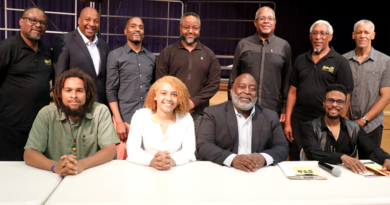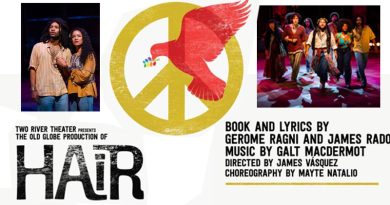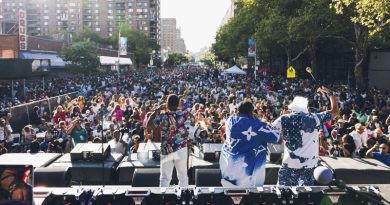PBS American Masters— ‘Lorraine Hansberry: Sighted Eyes/Feeling Heart’
It’s one of the most iconic images in modern photojournalism. The blackened, burned out shell of what was once a blue Ford Fairlane station wagon circa 1964. It had been the car civil rights workers James Chaney, Michael Schwerner and Andrew Goodman were traveling in on the afternoon of June 21, 1964. Although the burned-out automobile was found a few days later, it wasn’t until several months later that the men’s bodies were found tossed into a shallow grave at Klan member and businessman Olen Burrage’s Old Jolly Farm. They had been murdered by Mississippi segregationists.
What is less known about this event is that writer and playwright Lorraine Hansberry was responsible for helping to raise funds at her home in upstate New York to pay for the station wagon. Like almost all Blacks who achieved some semblance of fame and visibility, Hansberry had a dual public identity. She couldn’t just be a playwright. She was also an activist who reported on civil rights issues in the U.S. and human rights and colonialism abroad. She famously met with Robert Kennedy at his request in 1963 in the wake of urban uprisings, to advise him on what course of action she felt the government should take. Filmmaker and director of the upcoming PBS American Masters documentary “Lorraine Hansberry: Sighted Eyes/ Feeling Heart,” Tracy Heather Strain explained, “Lorraine was an activist first and foremost. Of course, she identified as a writer, but she was an activist and she tried different ways of going for social change. She saw her father try the legal route and she became a journalist, and then changed to theater because she saw there was power in art to change society.”
Strain became interested in Hansberry as a teen after her grandmother took her to see a production of Hansberry’s “To Be Young Gifted and Black” in her hometown of Harrisburg, Pa. Strain said, “I’d never encountered a young African-American woman who was speaking about the things she was speaking about as presented in the play. She was speaking about race and class and her feelings about success. To see this representation of this middle-class woman or you know, someone like me, it was very powerful.” Strain’s film skillfully showcases how Hansberry navigated these identities and other more guarded identities throughout her life.
Although Hansberry was born into a well-off Chicago family in 1930, she carried with her painful experiences of racism she both endured and witnessed throughout her very short life. In the documentary, Hansberry’s sister recalls them all being, “Spat at, cursed at and pummeled in the daily trek to and from school.” Her family had to hire a bodyguard. After their house was firebombed by a mob of whites, they were forced to leave.
Hansberry came to Harlem in 1950 and worked as a journalist at Paul Robeson’s radical newspaper, Freedom. Strain said, “She spent a significant amount of time in Harlem. She worked there, she gave street corner speeches there. In our film, we have a section where she’s reading from a letter that she wrote to a friend and she said she just really loved being there.”


